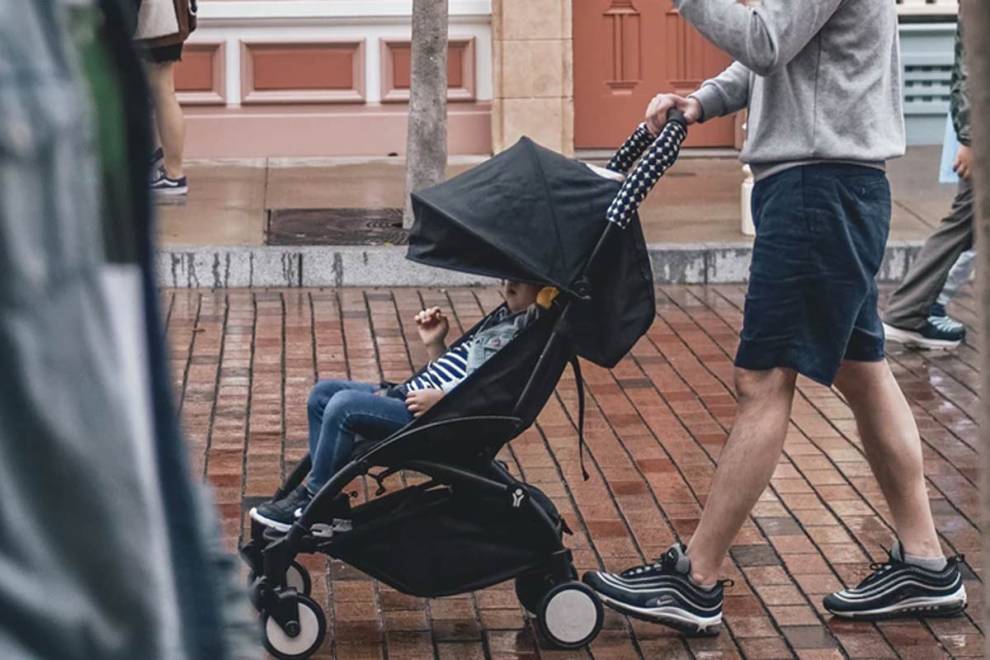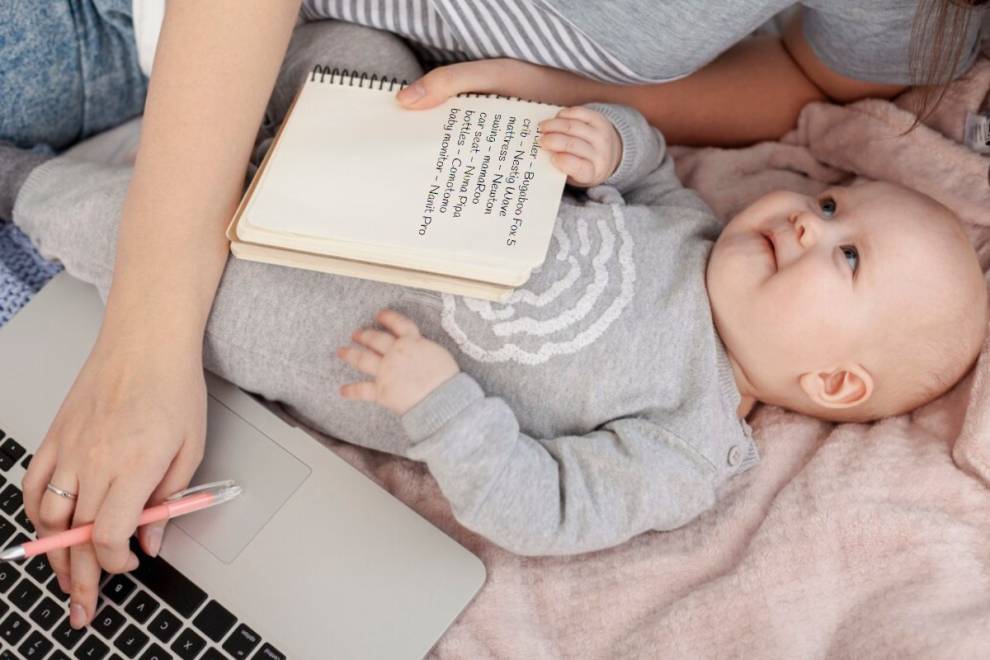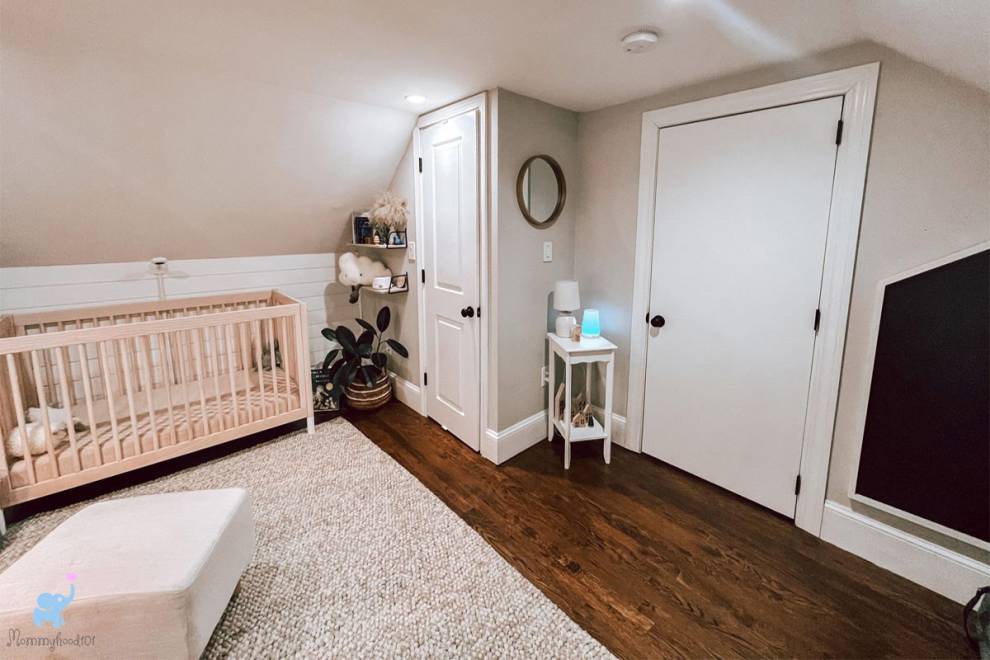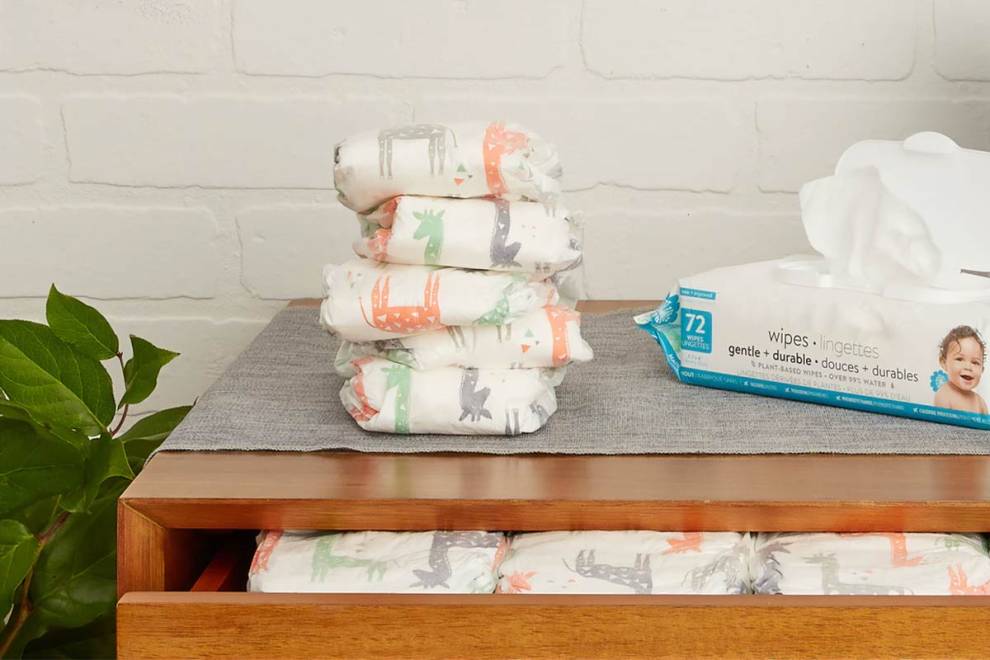Our bottle guide will take you from confused to confident in just a few minutes!
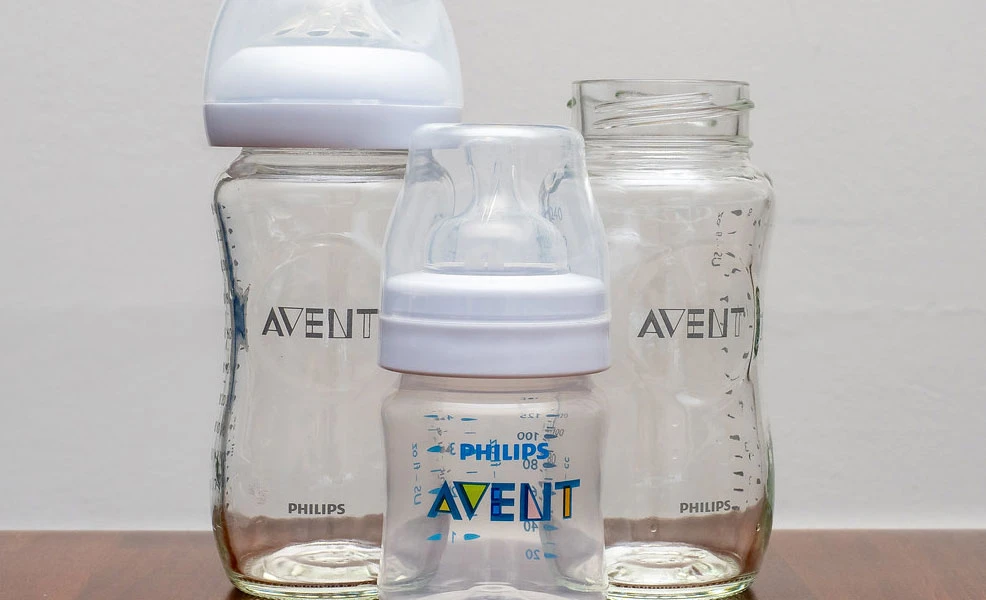
Mommyhood101 independently tests and curates baby gear to help you make informed decisions. If you buy products through links on our site, we may earn a commission.
Bottles and bottle accessories make perfect additions to a baby registry, but it’s important that new parents do a bit of research before making their selection. To make things easier, check out our annual reviews of the best baby bottles.
Register for Several Bottle Types
If you have a baby registry, it might seem counterproductive to register for multiple bottle types, but doing so can be a smart move in the long run. While parents may not expect their newborn to have strong opinions, babies are often surprisingly picky about bottle shapes and nipple styles.
Bottle makers do their best to produce high-quality, taste-free designs, but feeding can still be challenging for a newborn who’s hungry and adjusting to a brand-new world. The Centers for Disease Control and Prevention (CDC) observes:
"If you choose to feed your baby using a bottle, he or she will need to learn how to drink from it. It can take some time for your baby to get used to it. Feeding seems basic, but it’s just not that simple for a person who is brand new." — CDC
Newborns typically eat every two to three hours, so unless parents plan on washing the same bottles after every feeding, they’ll need several on hand. On average, new parents will need between 4 and 12 bottles, depending on whether their child is exclusively bottle-fed or both bottle- and breast-fed.
Investing in a full set too early can backfire if your baby dislikes that brand’s shape or nipple. Instead, register for a few select styles until you discover your baby’s preference. A good place to start is with Comotomo, Philips AVENT, Dr. Brown’s, and MAM bottles, all featured in our best baby bottle reviews.
Choosing the Perfect Baby Bottle Shape
Baby Bottle Size: How Many Ounces?
Every baby is unique, but age provides a helpful starting point for bottle size. Newborns usually drink 1–2 ounces per feeding in the first days, increasing to 2–4 ounces by the end of the first month. By six months, most babies consume 6–8 ounces per feeding.
The American Academy of Pediatrics (AAP) notes: "Another way to think about normal intake is by weight; for every pound of body weight, your infant will consume around 2½ ounces (75 mL) per day."
Baby Bottle Shapes
- Standard: Narrow, straight bottles available in every material type. Simple and affordable, though some babies may swallow more air and experience gassiness.
- Wide Neck ("Breast Shape"): Short, broad bottles that mimic the breast. They’re easy to clean and comfortable for many babies but may not fit all cup holders.
- Angled Neck: Designed to let babies feed in an upright position, which can reduce gassiness and ear infections. Slightly harder to clean due to shape.
- Vented Systems ("Anti-Colic"): Include small holes or internal straws that help reduce air bubbles and gas. These systems work well for colicky babies but require extra cleaning steps.
- Disposable Liner Bottles: Use single-use bags that collapse during feeding to prevent air bubbles. Convenient for travel but less eco-friendly and higher in ongoing cost.
Choosing the Best Baby Bottle Material
| Material | Pros | Cons |
|---|---|---|
| Plastic | Lightweight, inexpensive, and easy to find. | Can degrade over time. Though BPA has been banned in U.S. baby bottles since 2012, avoid older or imported models. Never microwave or boil polycarbonate bottles. |
| Silicone | Soft, lightweight, BPA-free, and durable. Popular examples include Comotomo Baby Bottles. | Typically more expensive and less widely available than plastic. |
| Glass | BPA-free, long-lasting, and easy to sterilize. Often shatter-resistant when paired with silicone sleeves. | Heavier, more expensive, and may break if dropped. |
| Stainless Steel | Unbreakable and BPA-free with exceptional longevity. | Limited options, can dent, not transparent, and often more expensive. |
💡 New Hybrid Option: Check out the Chicco Duo, a unique bottle with a glass-lined interior and durable plastic exterior.
Choosing Baby Bottle Nipples
Baby bottle nipples vary by material, shape, and flow rate. Regardless of design, always check for cracks, thinning, or overuse. If liquid pours too quickly or the nipple is sticky, it’s time to replace it.
- Material: Latex nipples are soft but less durable and can absorb odors. Silicone nipples are firmer, longer-lasting, and better for teething babies.
- Shape:
- Orthodontic: Slanted tip to mimic breastfeeding and promote healthy oral development.
- Angled: Bulbous base that helps position milk flow for easier swallowing.
- Vented: Designed with small holes to reduce collapse and gas.
Nipple Sizes and Flow Stages
| Stage | Approx. Age | Flow Speed |
|---|---|---|
| Preemie | Premature newborns | Extra slow flow for sensitive feeding |
| Stage 1 | 0–3 months | Slow flow for newborns |
| Stage 2 | 3–6 months | Medium-slow flow; reduces feeding frustration |
| Stage 3 | 6–9 months | Medium flow |
| Stage 4 | 9+ months | Fast flow for older babies |
| Variable / Y-Cut | 6+ months | For thicker formula or cereal (only if pediatrician-approved) |
Choosing the Best Baby Bottle for Your Budget
Silicone and stainless steel bottles tend to cost the most but last the longest. Glass bottles are mid-range and durable, while plastic bottles are the most affordable but may need more frequent replacement.
Specialty shapes, like angled or vented systems, typically cost more than standard bottles, but they may help with comfort and digestion.
How to Save Money on Bottles
- Look for bottles compatible with your breast pump to avoid buying extra sets.
- Choose convertible bottles that grow with your baby, some transition into sippy cups using the same base.
🍼 Baby Bottle Safety Checklist
✔ Always check nipples for cracks, discoloration, or thinning.
✔ Never warm bottles in the microwave—use warm water or a bottle warmer instead.
✔ Replace bottles or nipples showing wear, cloudiness, or leaks.
✔ Avoid boiling or dishwashing plastic bottles to prevent chemical release.
✔ Make sure bottles and nipples are completely dry before storage.
✔ Test milk temperature on your wrist before feeding—lukewarm is ideal.
✔ Keep feeding supplies clean and sterilize regularly for babies under 3 months.
✔ Follow manufacturer guidelines for safe heating, cleaning, and replacement.
Bottle Accessories and Helpful Features
- Dishwasher Safe: Convenient, but the AAP cautions against washing plastics in high heat. Glass and stainless are safer options.
- Ergonomic Design: Bottles that fit comfortably in your hand make feeding easier for parents and babies alike.
- Extra Caps and Covers: Keep a few spares, these small parts tend to disappear quickly!
- Bottle Warmer: Never microwave bottles. Instead, use a bottle warmer or a warm water bath, and always test temperature before feeding.
- Insulated Tote Bag: Perfect for on-the-go feedings with pre-warmed milk or formula.
- Bottle Brushes: Choose one with both firm and soft bristles, a flexible head, and a small nipple brush attachment.
- Bottle Sterilizer: Electric and microwave sterilizers provide a quick, chemical-free clean. Avoid microwaving plastic bottles.
- Drying Rack or Mat: Allows bottles to fully air-dry and prevents mold or bacteria buildup.
- Dishwasher Basket: Keeps all bottle parts together during washing.
- Nursing Pillow: For comfort during feeding, check out our best nursing pillows.
FAQs About Baby Bottles
How Many Bottles Do I Need?
Most parents find 6–8 bottles is a good starting point. Exclusively bottle-feeding babies may need up to 12, while combination feeders can start with fewer.
Do I Need to Sterilize Bottles After Every Use?
For newborns under 3 months, yes, it’s best to sterilize daily. After that, thorough washing with hot, soapy water is sufficient unless your baby is premature or has a weakened immune system.



